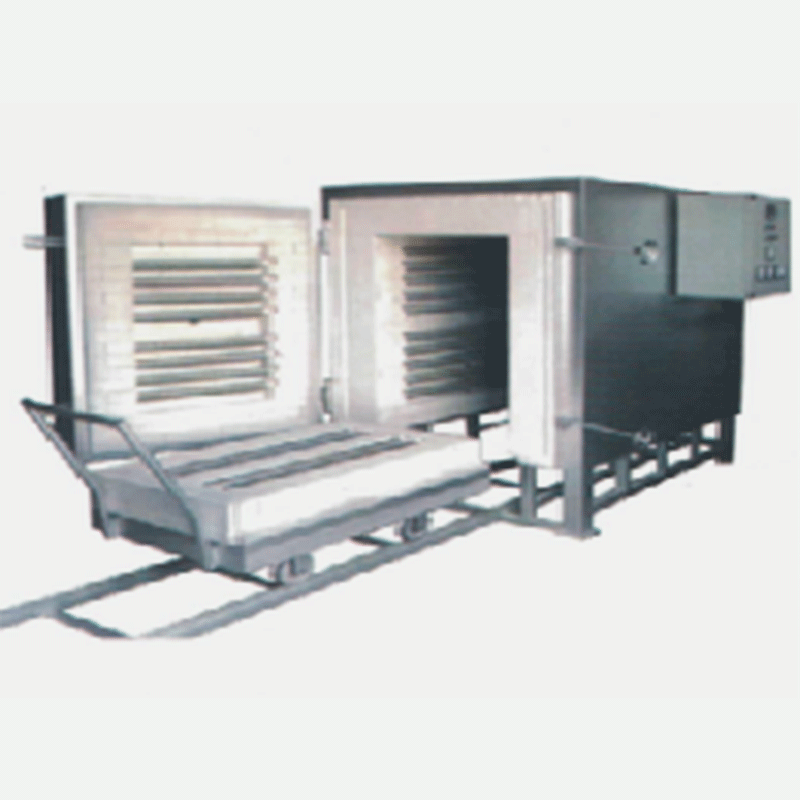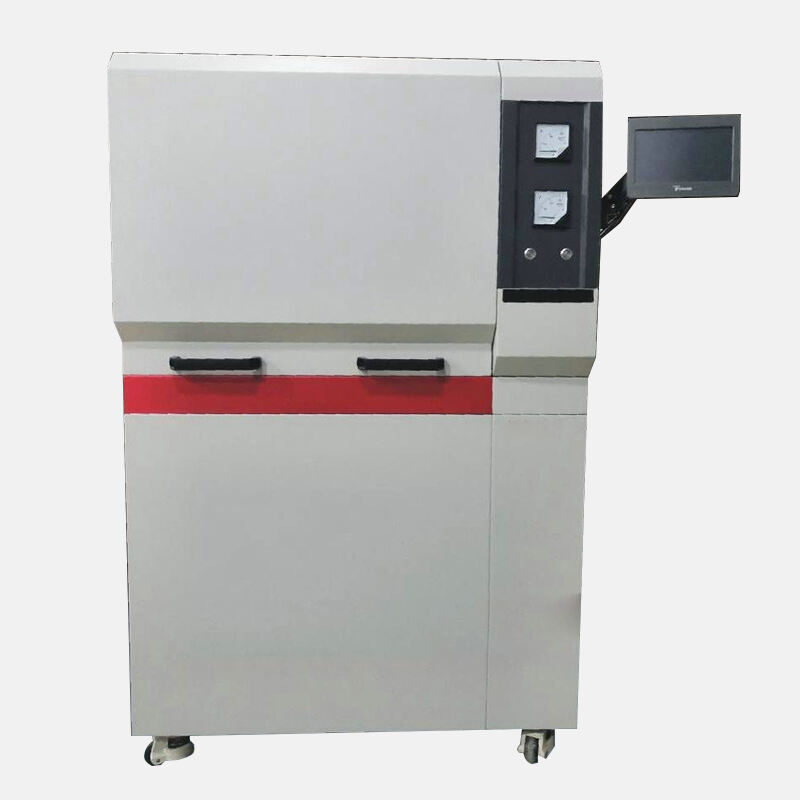Why does the XRF Fusion machine add a mold lubricant during the melting process?
The main reason for adding mold lubricants during the melting process is that the molten glass melt has a tendency to adhere to or infiltrate the crucible and mold, which causes the melt to stick to the mold and sometimes even causes cracks. In order to solve this problem, it is necessary to select a suitable release agent to help the melt to be smoothly separated from the crucible and mold. The role of the xrf Analysis Solvent is to form a lubricating layer between the mold and the melt, reducing the adhesion between the two, so that the melt can be easily removed from the mold to avoid cracking or damage.

There are many types of mold lubricants, including but not limited to resins, polysiloxanes, petroleum products, and fluorinated polymers. These release agents can form a tight and firm release film, effectively forming a layer of lubricant film or vapor between the mold and the plastic product to assist the demolding process. In addition, internal mold lubricants, such as metal soaps and stearates, oleic acid, organic phosphites, silicone oils and waxes, can be precipitated from the inside during the demolding process and evenly distributed on the surface of the plastic product, further reducing the friction between the mold and the plastic product and improving the demolding efficiency.
In summary, adding a Analysis Solvent is an indispensable step in the melting process. It can not only prevent the melting piece from adhering to the mold, but also improve production efficiency and product quality.
Recommended Products
Hot News
-
What are the maintenance measures for air permeability tester?
2025-04-02
-
What is the difference between the one-key pre-oxidation alloy melting machine and the ordinary melting machine?
2025-03-25
-
Craftsmanship creates quality! Nanyang JZJ Testing Company successfully delivered 10set customized high-temperature muffle furnaces to help the high-quality development of the refractory industry
2025-03-17
-
How to open the door of a high temperature muffle furnace at high temperature
2025-03-11
-
How to control the heating temperature and time of the multi-function melting machine?
2025-03-05
-
The biggest advantage of the automatic melting machine fusion method
2025-02-25
-
Together we build a quality future - South African customers purchased 3set of T6 melting machines in batches and delivered them successfully, and efficient services help global mining upgrades
2025-02-22
-
Detailed analysis of the advantages of using high-frequency induction multifunctional fusion machine
2025-02-18
-
Indian customers mailed samples to our company
2025-02-11
-
How to avoid uneven temperature distribution in muffle furnace?
2025-02-06

 EN
EN
 AR
AR
 BG
BG
 FR
FR
 DE
DE
 HI
HI
 IT
IT
 PL
PL
 PT
PT
 RU
RU
 ES
ES
 TL
TL
 IW
IW
 ID
ID
 UK
UK
 VI
VI
 TH
TH
 TR
TR
 FA
FA
 MS
MS
 UR
UR
 BN
BN
 KM
KM
 LO
LO
 PA
PA
 MY
MY
 KK
KK




















